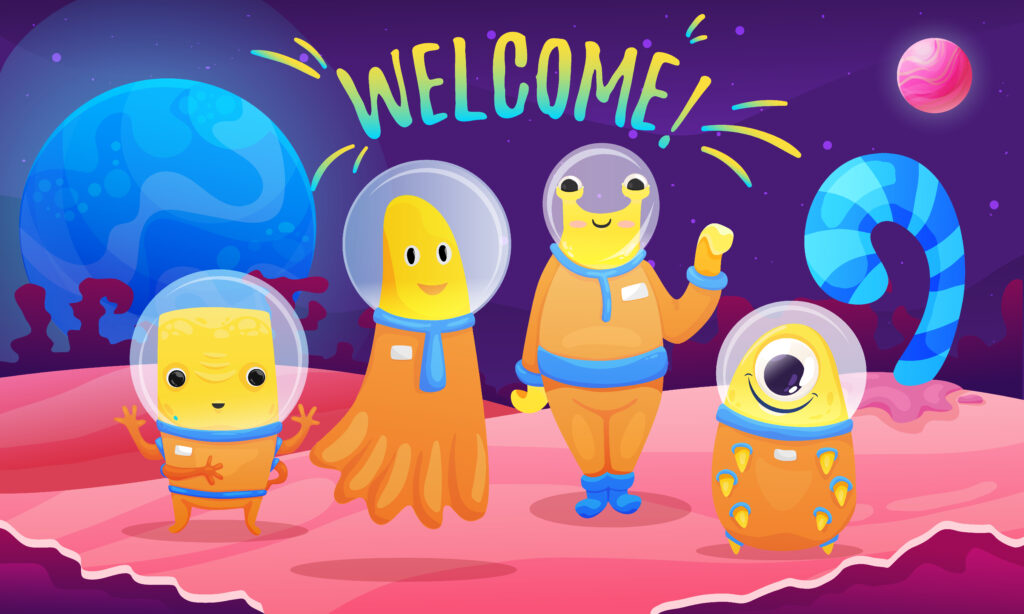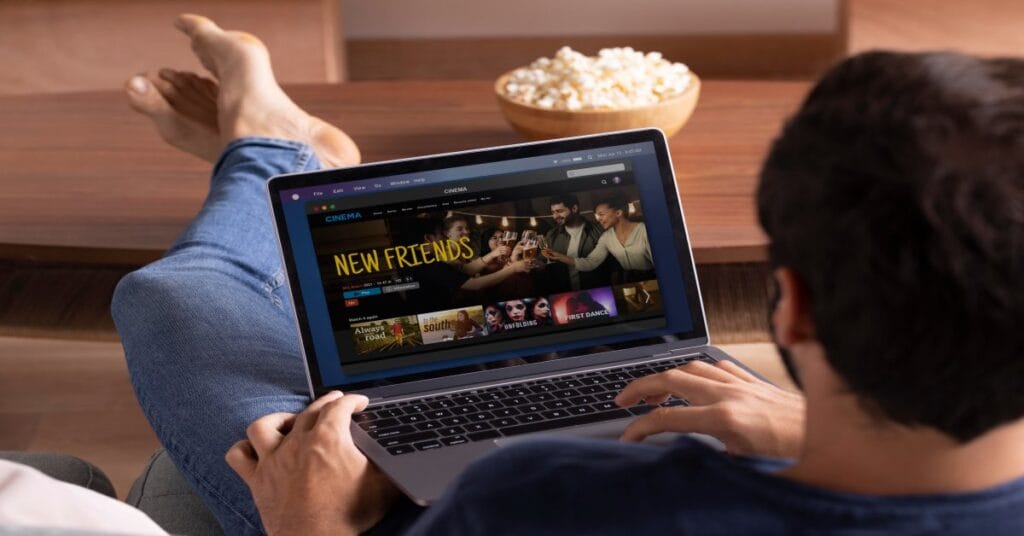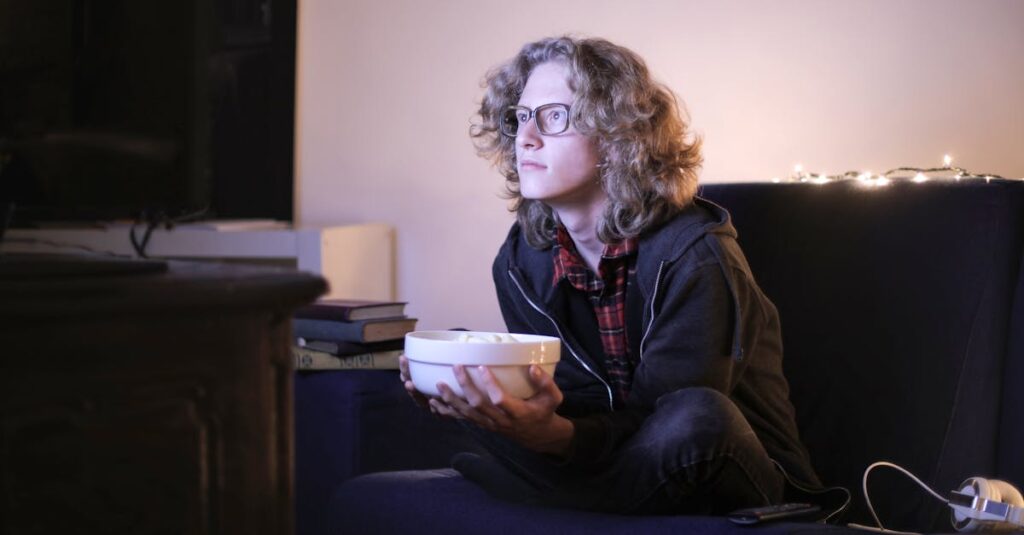Introduction:
You ever find yourself mid-movie, phone in hand before you even realize it? You’re not alone and Pixar knew exactly what they were doing with Inside Out 2. The phrase “glued to phone” isn’t just about scrolling it’s about connection emotions reflection. This movie? It amps up the teenage experience, with Riley navigating middle school trauma now as a 13-year-old. And there’s this little detail Ennui, the new emotion, isn’t just bored she’s literally perched, phone in hand, detached from the emotional action.
Ever catch yourself thinking, “Wait, that’s me…”? Let’s unpack why that phone scene is so powerful, why critics are still talking about it, and what it means for teens, parents, and media-watchers like us.
Weaver the Web: Why the “Glued to Phone” Detail Stuck
Symbolism Beyond the Screen
That phone Ennui holds is not there by accident. Fox News Tips notes that Ennui’s smartphone becomes a powerful symbol of teenage disconnection and boredom not just a device, but a coping tool. She’s the figure people talk about because, quote, “Pixar’s Inside Out 2 deepens its portrayal of teenage emotion by introducing Ennui who’s literally glued to her phone”.
The Phone as a Proxy for Emotion
Interestingly, Riley herself never uses a phone in the film an odd choice, right? That vacancy is purposeful. The Dispatch points out how Riley’s lack of a phone feels “narratively forced,” but it shines light on Ennui’s role. Ennui becomes the phone emotions mediated through a screen instead of direct connection .
Meet the New Emotions (Especially the Slouched One)
Who’s Who: Riley’s Emotion Squad
By now you’ve heard: Inside Out 2 introduces four new emotions: Anxiety, Envy, Ennui, and Embarrassment. These join the five OG emotions and reflect Riley’s growing emotional complexity.
- Anxiety (Maya Hawke) prepares Riley for the worst, constantly jittery.
- Envy (Ayo Edebiri) watches what others have, feeling left out.
- Embarrassment (Paul Walter Hauser) is shy, awkward a human blush in motion.
- Ennui (Adèle Exarchopoulos): bored, disinterested, leaning back, scrolling .
Ennui’s Posture Speaks Volumes
Ennui’s slouch isn’t laziness it’s teenage apathy incarnate. One Reddit fan said it’s just a “design thing. It makes them look more bored,” and another cheekily called Ennui the “limp noodle” of the movie. The Empathy Set blog expands that Ennui evokes a sense of “I can’t be bothered,” that je m’en foutisme typical of teens.
Painful Truth: Ennui Pulls Riley Away from Emotions
Boredom, Apathy, and the Screen’s Siren Call
You’ve seen it when boredom hits, the first instinct is “just one scroll.” Ennui embodies that feeling so vividly. Daily Delli notes our cultural link between boredom and screen distraction: “The more we use smartphones to distract from boredom, the more bored we become”.
Meanwhile, Collider describes Ennui’s function: she uses sarcasm, feigned disinterest, or sarcasm to deflect uncomfortable moments channeling Riley’s desire to seem unaffected, even when she’s anything but.
Ennui vs. Anxiety: Different Defense Mechanisms
What’s brilliant is how Pixar pairs Ennui with Anxiety two sides of emotional avoidance:
- Anxiety attacks—planning, worrying, controlling.
- Ennui retreats—numbing, withdrawing, bypassing.
Fox News Tips highlights that when Ennui’s phone is stolen, she springs out of lethargy, reminding us that distraction doesn’t erase emotion it masks it.
Why It Reshit Us So Deeply
Reality Check for Teens and Adults
CNBC interviewed psychologist Lisa Damour who co-consulted on the film: she explains that ennui is a real coping mechanism for teens one part boredom, one part total emotional shutdown.
Plus, knowing Pixar consulted emotion experts like Damour and Dacher Keltner gives the film depth and psychological legitimacy .
Social Media Reactions You Can’t Ignore
There’s a Reddit post jokingly imagining Anxiety as Ennui’s phone wallpaper laughs but also oddly relatable. Another points out how Ennui’s phone is literally connected to the emotional console she doesn’t move but still controls the emotions. It’s this blend of humor and insight that fuels fan conversations.
My Own Take: Guilty as Charged
Honestly? I’ve been that slouched teenager or adult aimlessly scrolling, not because I’m excited about anything, but because I’m bored or stressed. Writing this, I found myself eyeing my phone.
That scene hit hard because Pixar said: Your screen isn’t your escape, it’s your emotional mask. And that’s a complex punch for a family movie to land so much so that even I caught myself nodding in the theater.
FAQs
Q: Is Ennui the same as being depressed?
Not exactly. Ennui captures apathetic boredom not sadness. But prolonged ennui can hint at deeper issues if it becomes habitual.
Q: Why doesn’t Riley use a phone?
Pixar intentionally left her phone out to let Ennui play the emotional buffer. The absence amplifies her role.
Q: Who helped Pixar get emotions right in Inside Out 2?
Experts like psychologist Lisa Damour and emotion scientist Dacher Keltner were consultants. Their input helped shape believable teenage emotional experiences .
Q: Is Ennui “just” boredom?
No she’s boredom with attitude a mood… a defense mechanism. She uses sarcasm, disengagement, and posture to say “I don’t care,” even when deep down she might.
Final Thoughts
“Glued to phone” might sound like a criticism but in Inside Out 2, it’s empathy. Pixar didn’t shy away they leaned in. They showed distraction as a deeper emotional shield, and in doing so, they gave both teens and adults a mirror. And maybe just maybe that moment of recognition turns from escape into awareness.
Explore more at Entertainment Insights .



